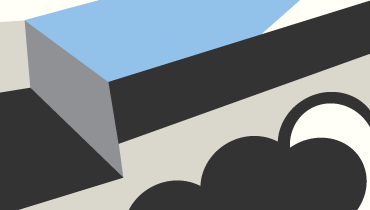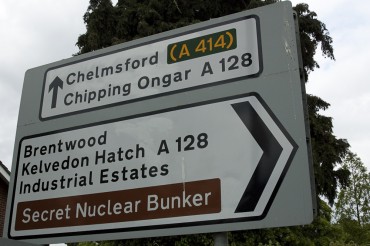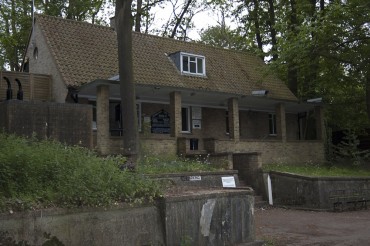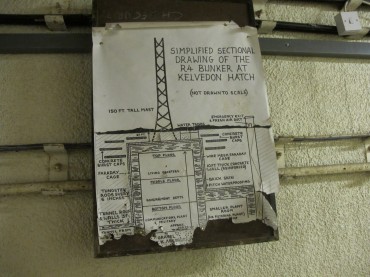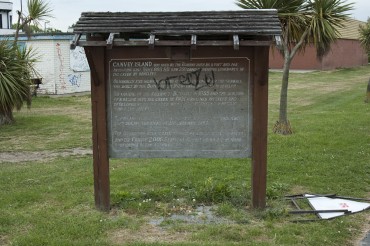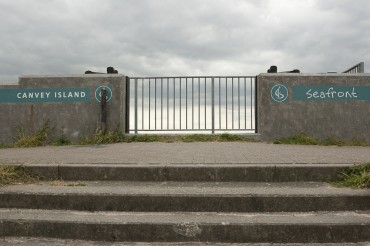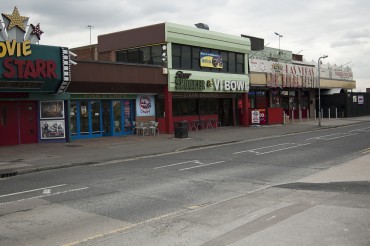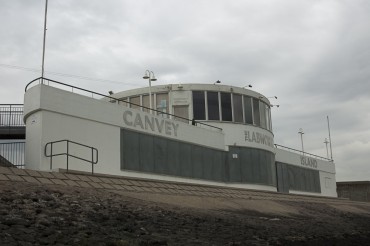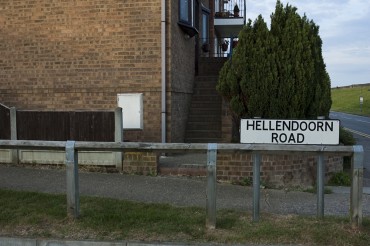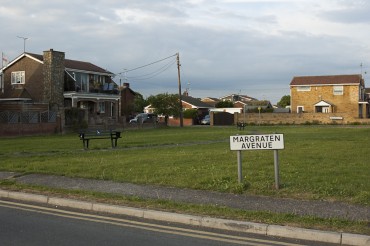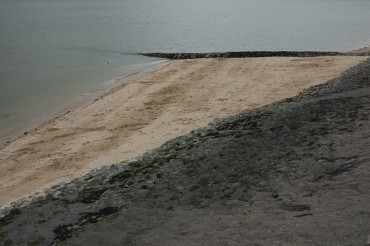I was in England last week and had the opportunity to visit to some of Doggerland’s territory. The trip was all a little rushed, so I have only now had a chance to write about this.
I flew to Stansted, largely because Ryanair was the cheapest airline available from Berlin, and Stansted is where they land. But it seemed an appropriate place to arrive. It is, after all, the main airport in the east of England. As I have mentioned [intlink id=”690″ type=”post”]before[/intlink], Stansted was only developed into London’s third airport, after the world oil crisis in the 1970s meant that the plans for an airport on Maplin Sands became too expensive.
Alessandra picked me up at the airport and we drove toward Canvey Island. En route, we stopped at Kelvedon Hatch and after breakfast at the Eagle pub, we went to see its “secret nuclear bunker”. I think any link I could make between this and Doggerland would be spurious. But it was an interesting point to start the trip.
After being decommissioned in 1992, the bunker has been made into a tourist attraction and filled with 1980s technology and furniture to give an impression of how it would have looked. This supposedly would have been the “home of central government in the time of nuclear war”. I’ve no idea how authentic the decor was, but it was noticeable the number of maps hung all over the walls. It seemed that from deep under a hill in Essex, we actually got a good overview of the places we were planning to visit.
We got to Canvey Island ([intlink id=”531″ type=”post”]which I’ve previously written about[/intlink]) mid-afternoon and spent some time at the seafront, stopping for a soft drink at the cafe by the arcade.
Unfortunately Canvey’s visitor attractions had seemingly all closed for the day. We did go and see the Dutch cottage museum from the outside and stopped by the heritage centre (the former St Katherine’s church).


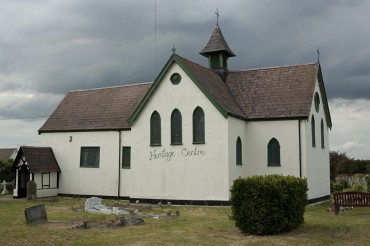 On the way back, we passed the King Canute pub, which apparently was originally called the Red Cow and was renamed after the great flood of 1953, when this was used as the centre of rescue operations.
On the way back, we passed the King Canute pub, which apparently was originally called the Red Cow and was renamed after the great flood of 1953, when this was used as the centre of rescue operations.
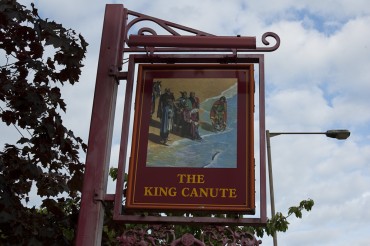 Neither of us was that hungry but we did stay and eat just a starter at the Labworth, Canvey’s seafront restaurant designed by Ove Arup with views across the muddy Thames Estuary.
Neither of us was that hungry but we did stay and eat just a starter at the Labworth, Canvey’s seafront restaurant designed by Ove Arup with views across the muddy Thames Estuary.
On driving out, we noticed the Dutch names of many of the streets, one of the few reminders of the island’s reclamation by Dutch engineers in the 17th and 18th centuries. Canvey today, however, seemed decidedly working-class Essex and it was difficult to get a sense of this history.
We drove to Southend and found a room at the Welbeck hotel in Westcliff-on-Sea where we spent the night.
